João Faria
Enriching a Fashion Knowledge Graph from Product Textual Descriptions
Jun 02, 2022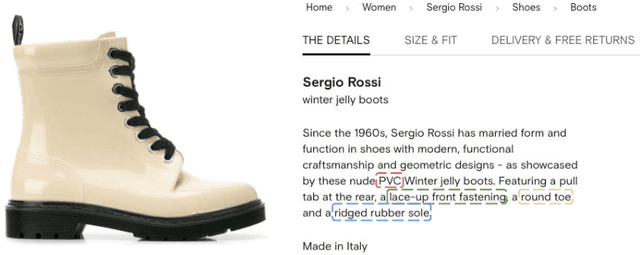


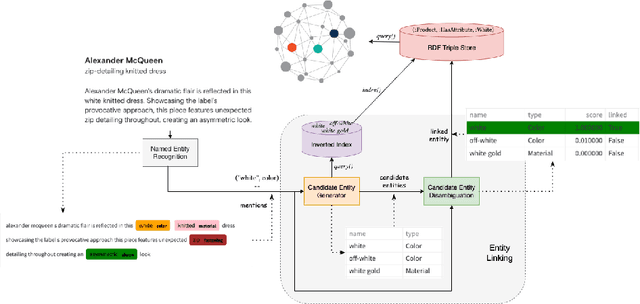
Abstract:Knowledge Graphs offer a very useful and powerful structure for representing information, consequently, they have been adopted as the backbone for many applications in e-commerce scenarios. In this paper, we describe an application of existing techniques for enriching thelarge-scale Fashion Knowledge Graph (FKG) that we build at Farfetch. In particular, we apply techniques for named entity recognition (NER) and entity linking (EL) in order to extract and link rich metadata from product textual descriptions to entities in the FKG. Having a complete and enriched FKG as an e-commerce backbone can have a highly valuable impact on downstream applications such as search and recommendations. However, enriching a Knowledge Graph in the fashion domain has its own challenges. Data representation is different from a more generic KG, like Wikidata and Yago, as entities (e.g. product attributes) are too specific to the domain, and long textual descriptions are not readily available. Data itself is also scarce, as labelling datasets to train supervised models is a very laborious task. Even more, fashion products display a high variability and require an intricate ontology of attributes to link to. We use a transfer learning based approach to train an NER module on a small amount of manually labeled data, followed by an EL module that links the previously identified named entities to the appropriate entities within the FKG. Experiments using a pre-trained model show that it is possible to achieve 89.75% accuracy in NER even with a small manually labeled dataset. Moreover, the EL module, despite relying on simple rule-based or ML models (due to lack of training data), is able to link relevant attributes to products, thus automatically enriching the FKG.
A Hierarchical Deep Learning Natural Language Parser for Fashion
Jun 25, 2018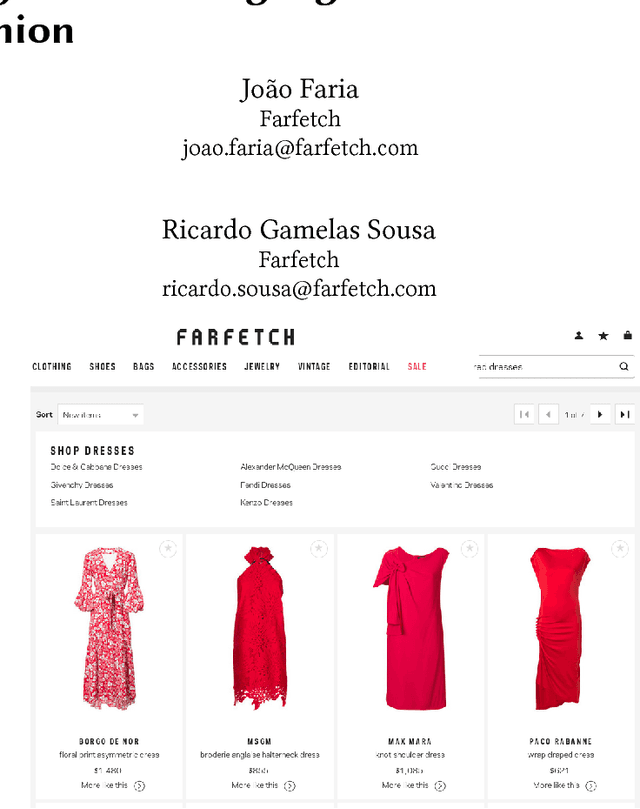


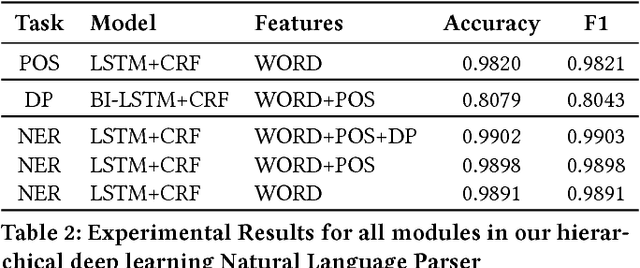
Abstract:This work presents a hierarchical deep learning natural language parser for fashion. Our proposal intends not only to recognize fashion-domain entities but also to expose syntactic and morphologic insights. We leverage the usage of an architecture of specialist models, each one for a different task (from parsing to entity recognition). Such architecture renders a hierarchical model able to capture the nuances of the fashion language. The natural language parser is able to deal with textual ambiguities which are left unresolved by our currently existing solution. Our empirical results establish a robust baseline, which justifies the use of hierarchical architectures of deep learning models while opening new research avenues to explore.
A Unified Model with Structured Output for Fashion Images Classification
Jun 25, 2018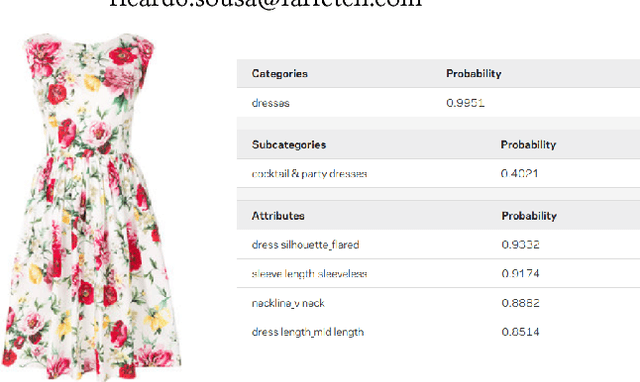
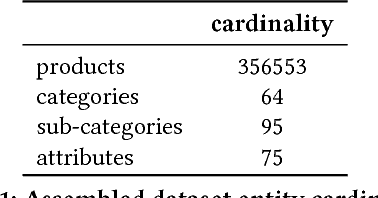
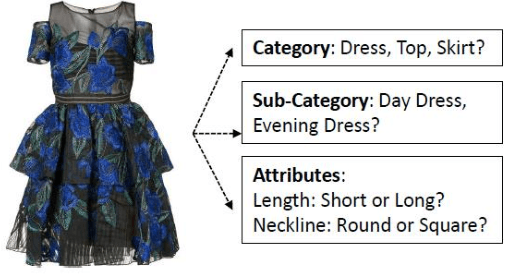
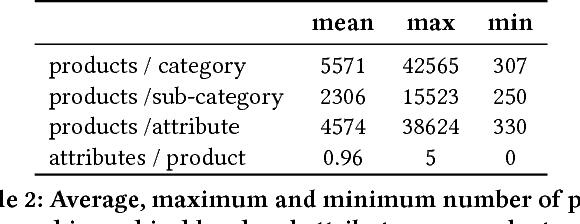
Abstract:A picture is worth a thousand words. Albeit a clich\'e, for the fashion industry, an image of a clothing piece allows one to perceive its category (e.g., dress), sub-category (e.g., day dress) and properties (e.g., white colour with floral patterns). The seasonal nature of the fashion industry creates a highly dynamic and creative domain with evermore data, making it unpractical to manually describe a large set of images (of products). In this paper, we explore the concept of visual recognition for fashion images through an end-to-end architecture embedding the hierarchical nature of the annotations directly into the model. Towards that goal, and inspired by the work of [7], we have modified and adapted the original architecture proposal. Namely, we have removed the message passing layer symmetry to cope with Farfetch category tree, added extra layers for hierarchy level specificity, and moved the message passing layer into an enriched latent space. We compare the proposed unified architecture against state-of-the-art models and demonstrate the performance advantage of our model for structured multi-level categorization on a dataset of about 350k fashion product images.
 Add to Chrome
Add to Chrome Add to Firefox
Add to Firefox Add to Edge
Add to Edge